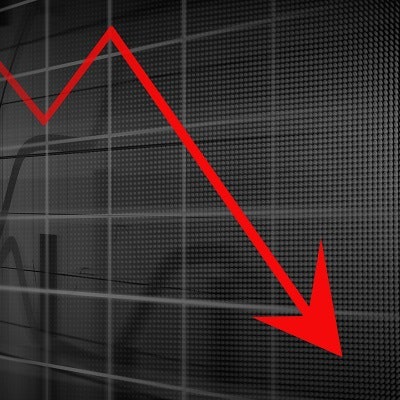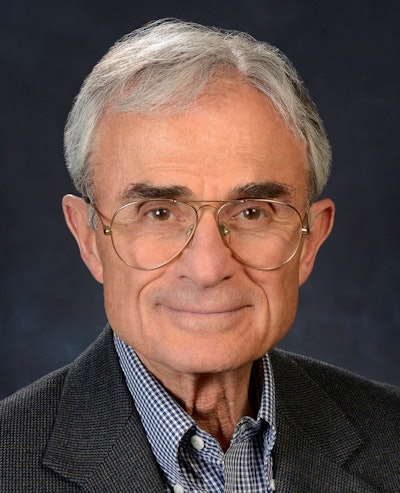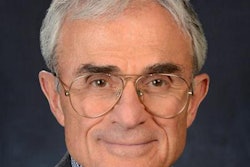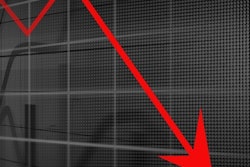
The proportion of Medicare payments due to noninvasive diagnostic imaging has followed a downward trend since 2006, which suggests that it's time to take imaging off the list of services that need cost containment, according to a study published online February 23 in the Journal of the American College of Radiology.
 Dr. David C. Levin from Thomas Jefferson University.
Dr. David C. Levin from Thomas Jefferson University.
"During recent years, total Medicare spending for all physician services under the Medicare Physician Fee Schedule has increased," wrote the group led by Dr. David C. Levin. "During the same time period, Medicare physician spending for noninvasive diagnostic imaging has decreased. The result is that the share of Medicare physician spending that is attributable to noninvasive diagnostic imaging has declined substantially."
Levin and colleagues Laurence Parker, PhD, and Dr. Vijay Rao used Medicare Part B Physician/Supplier Procedure Summary Master Files for 2003 to 2015 to determine the total approved payments to physicians for all medical services for each year. They selected all procedure codes for noninvasive diagnostic imaging and calculated aggregate approved payments to physicians for those codes under four provider categories: radiologists, cardiologists, all other physicians, and independent diagnostic testing facilities/multispecialty groups.
Levin's team found the following:
- Total Medicare-approved payments for all physician services increased from $92.73 billion in 2003 to $132.85 billion in 2015.
- In 2003, the share of those payments attributable to noninvasive diagnostic imaging was 9.5%, increasing to a peak of 10.8% in 2006 but then progressively declining to 6% in 2015.
- All four provider categories saw the same trend pattern of a peak in 2006 but a decline thereafter.
- By 2015, the shares of total physician fee schedule payments to physicians attributable to noninvasive diagnostic imaging were 3.2% for radiologists, 1.2% for cardiologists, 1.2% for all other physicians, and 0.4% for independent diagnostic testing facilities or multispecialty groups.
There are a variety of reasons for the decline in payments for noninvasive diagnostic imaging, including the Deficit Reduction Act of 2005, the multiple procedure payment reduction, practice expense revaluations, an increase in the assumed equipment use rate, and code bundling, the authors wrote. But these findings suggest that the need to rein in imaging use is over.
"[We] believe that given the crucial role played by imaging in diagnosing so many of the important diseases in this country, it is important for payors and policymakers to recognize that the proportion of payments made to physicians for imaging services has continuously decreased in recent years," they concluded.




















